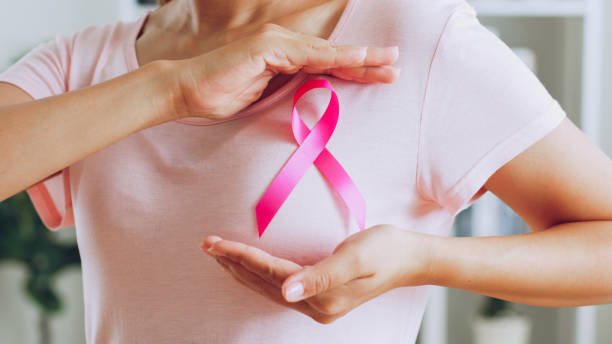
Why Support Matters: How Many Women Breast Cancer Really Affects
Your support isn’t just a nice gesture; it can literally save a life. The statistics about breast cancer are grim,

Your support isn’t just a nice gesture; it can literally save a life. The statistics about breast cancer are grim,

What to Pack in Your Treatment Bag: A Breast Cancer Warrior’s Checklist Facing treatment can be overwhelming, but packing your
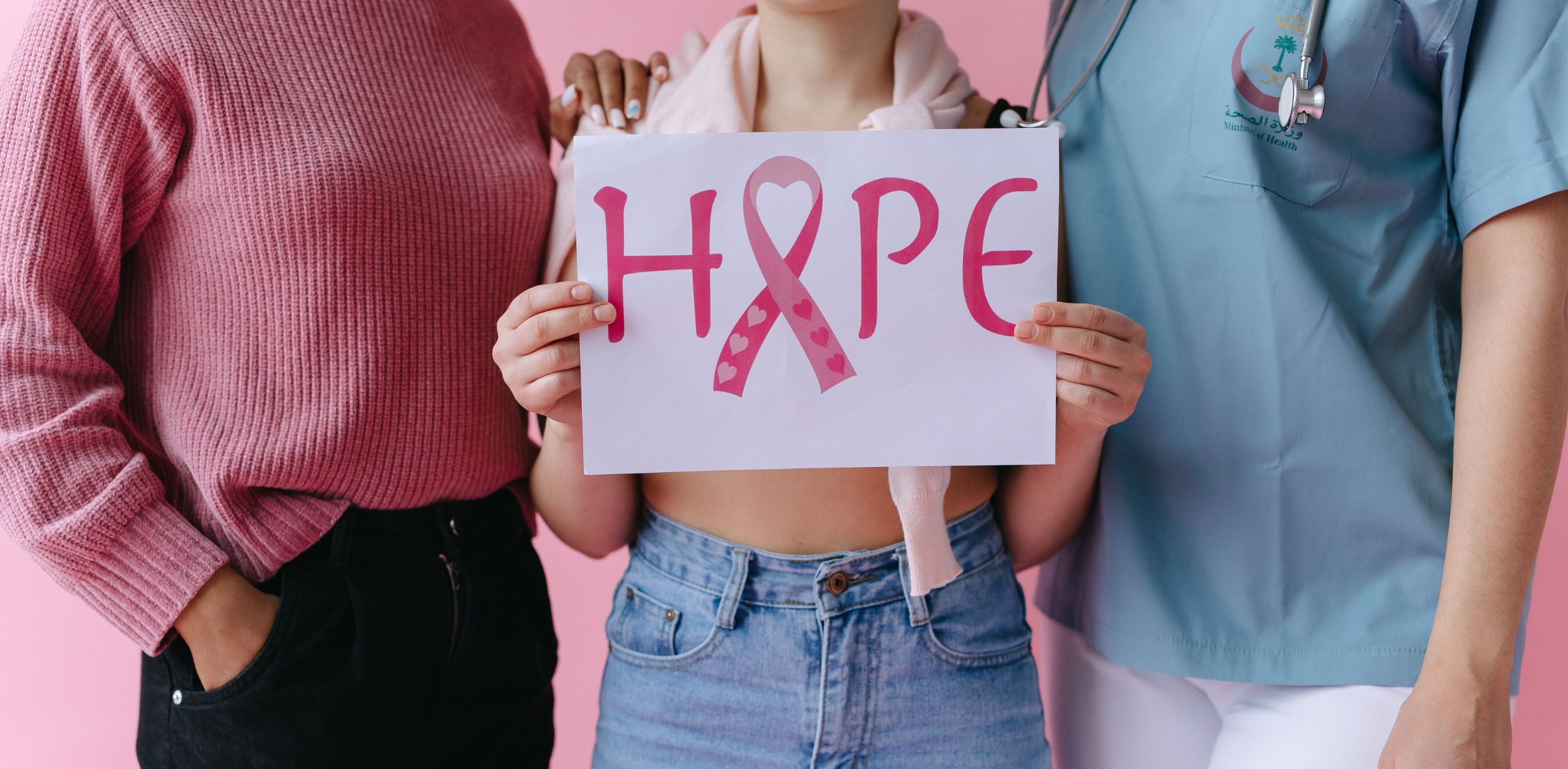
Post-Treatment Plan: What Recovery Actually Looks Like 6 Months Later When breast cancer treatment ends, many assume the hardest part

Blackjack, Big Hearts, and a Beautiful Cause: Casino Night 2025 Was One to Remember From the moment guests walked through
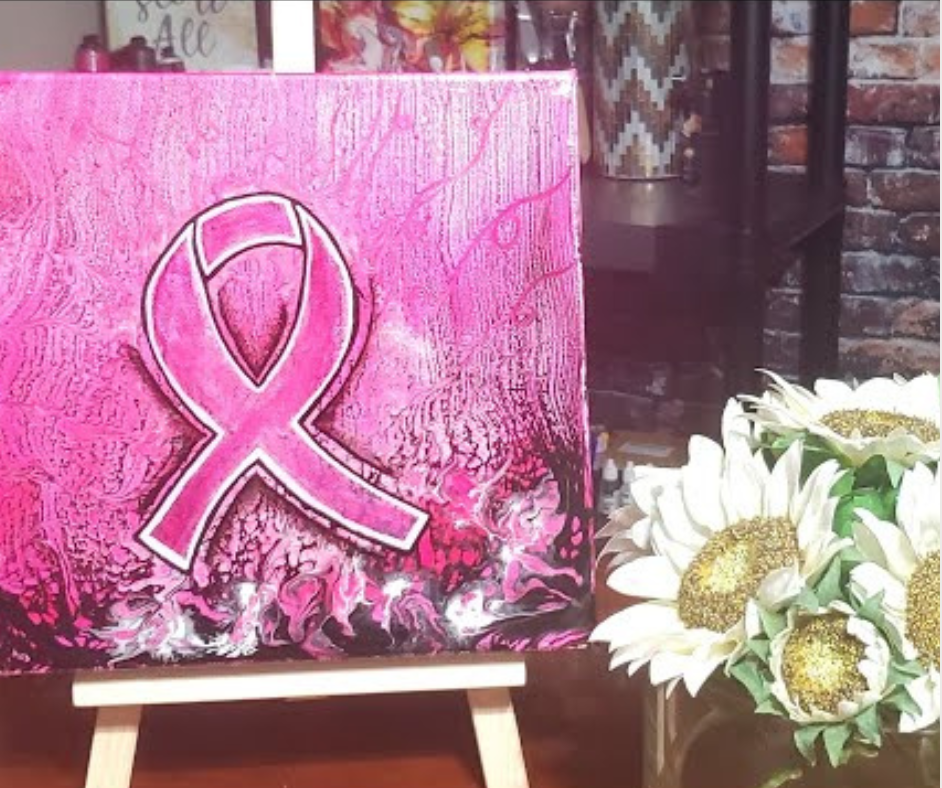
When it comes to supporting breast cancer awareness and research, thinking outside the box can lead to incredible results. At
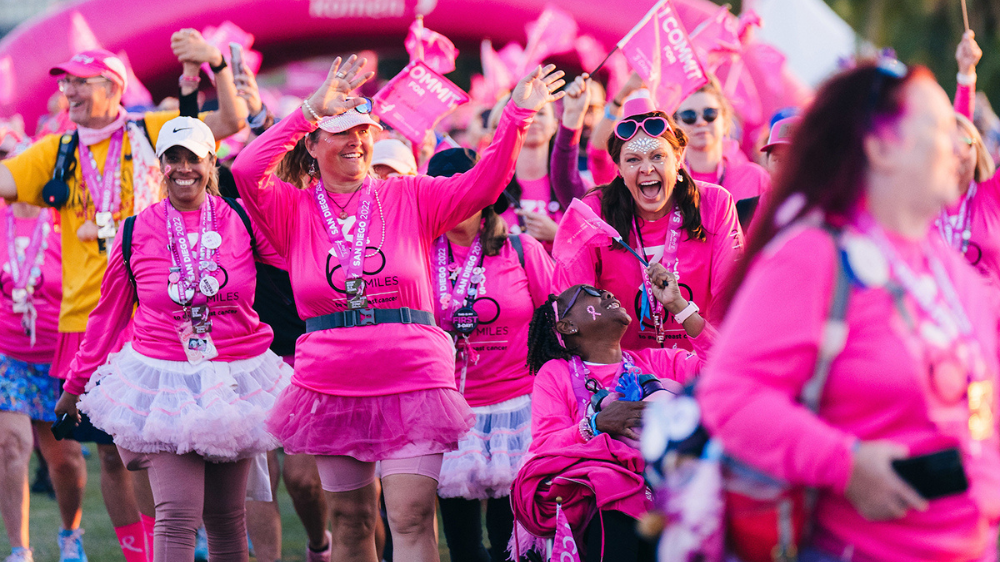
Valentine’s Day Activities to Boost Recovery and Build Community Valentine’s Day is often associated with romantic love, but it’s also

Tail-Wagging Workouts: Fun Ways to Stay Active with Your Dog When it comes to staying active, your best workout partner
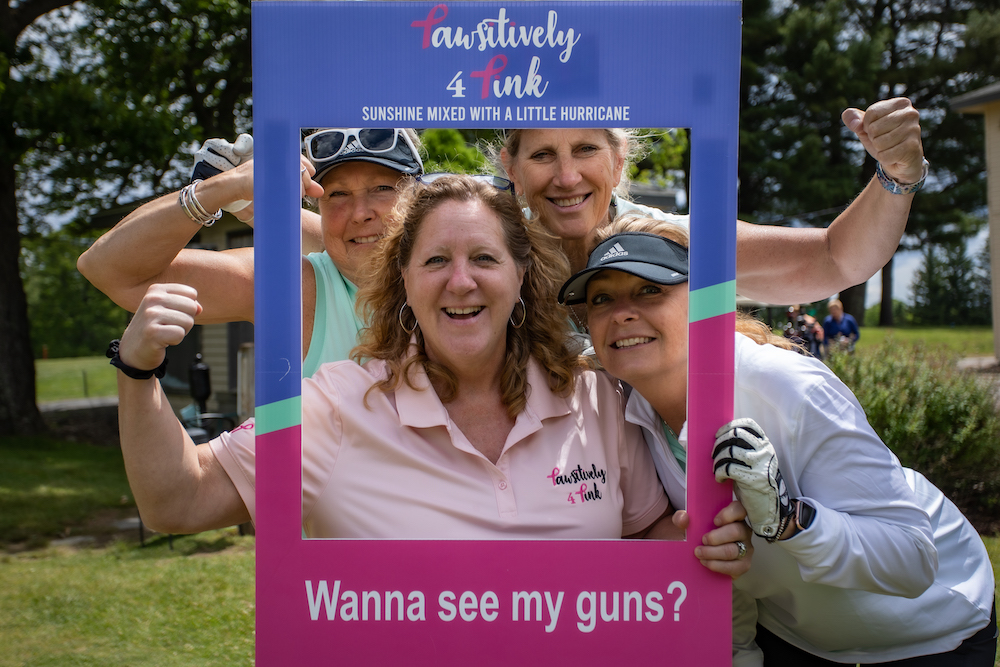
The holidays are a beautiful and inspirational time of year. They teach us to be kinder to others, to open
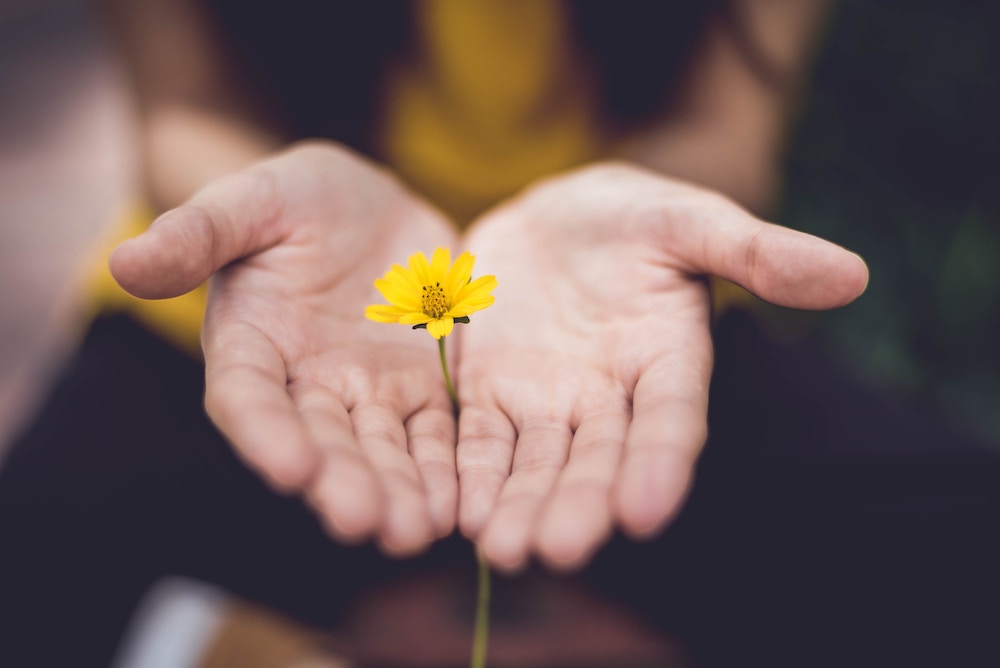
In the hustle and bustle of our daily lives, it’s easy to get caught up in the routine and forget
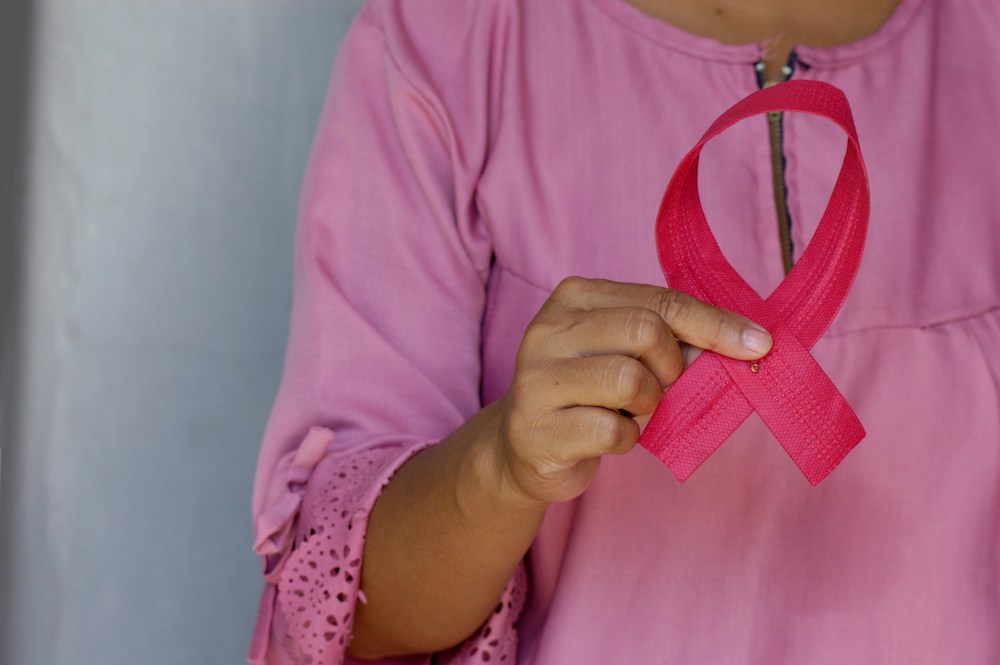
In the realm of breast cancer awareness, time is of the essence. Understanding how quickly breast cancer can develop is
We use cookies
We use cookies and other tracking technologies to improve your browsing experience on our website, to show you personalized content and targeted ads, to analyze our website traffic, and to understand where our visitors are coming from. By browsing our website, you consent to our use of cookies and other tracking technologies.